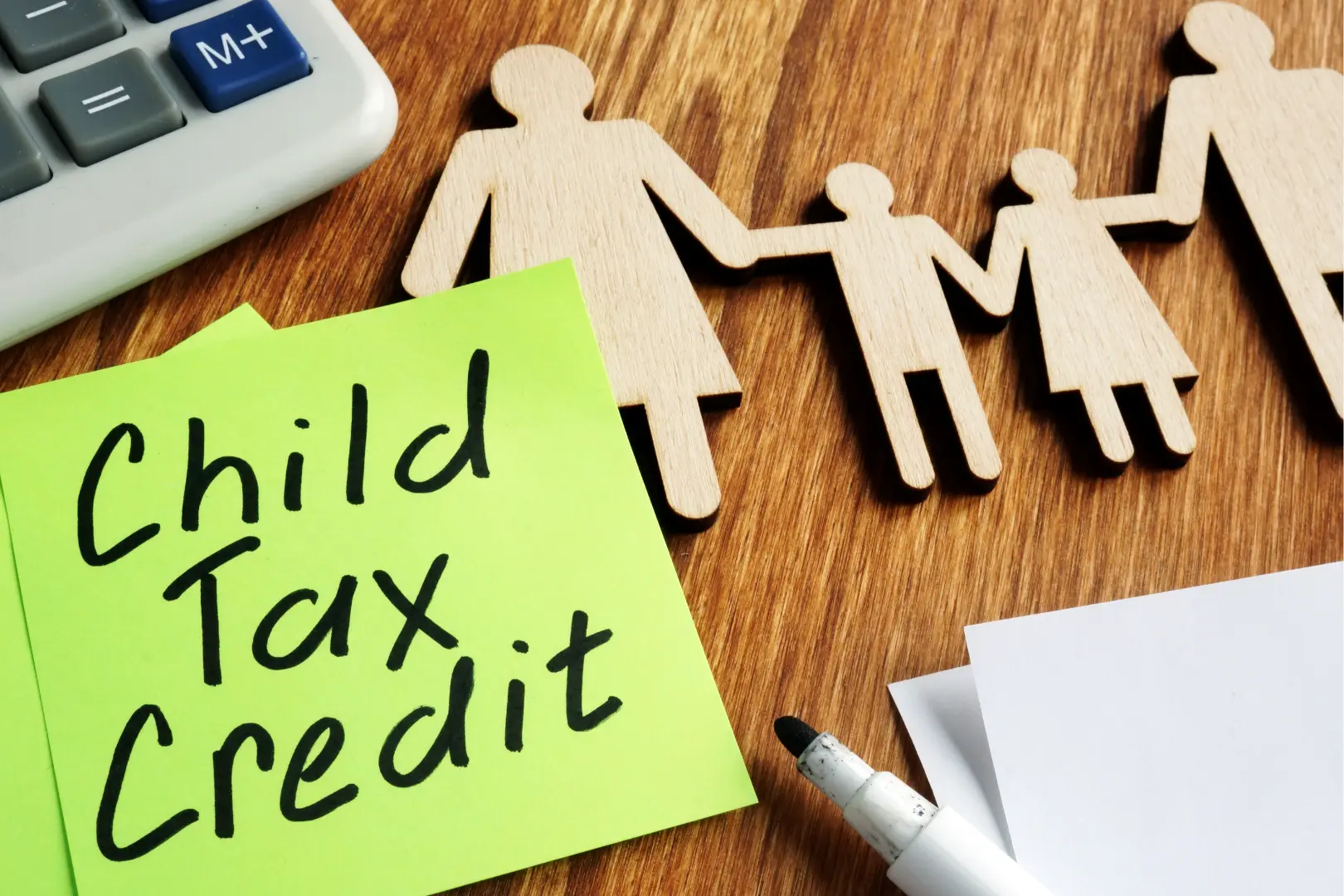Looking ahead to the year 2024, all eyes are on a possible expansion of the child tax credit. In 2023, the U.S. House of Representatives gave the nod to a $78 billion tax plan. This package includes an increase in the child tax credit (CTC) and helps for businesses.
The bill is not yet through because it's stuck in the Senate. Senator Mike Crapo is leading Republicans in questioning some parts, like letting families use last year's income. Whether this bill will pass in the Senate, controlled by Democrats, is anyone's guess. The child tax credit's future hangs in the balance.

A deal between Sen. Ron Wyden and Rep. Jason T. Smith aims to change the child tax credit expansion. They want to make it more like 2021's rules, giving low-income families more money per child.
This new proposal means low-income families can get more money. The amount will grow in the next three years, reaching about $2,000 by 2025. It will also mean low-income families with many kids get more help.
The expanded child tax credit would have different rules to include more low-income families. By 2025, the amount these families can get will rise to about $2,000. Families can now use their current or last year’s income to check if they qualify. This can especially help those who face sudden job changes or have to stop working to care for someone.
The new version of the child tax credit is expected to cost $33 billion. It could take over 400,000 kids out of poverty. Another 3 million kids would be less poor because of this plan, as said by the Center on Budget and Policy Priorities.
The proposed child tax credit legislation would change how the child tax credit works. It aims to help more low-income families. One major part is the planned boost in the amount received. The goal is to lift it from $1,600 up to around $2,000 by 2025.
Under the new plan, low-income families will get more back as a refund. For tax returns in 2023, they could get $1,800, then $1,900 the next year, and finally $2,000 by 2025. This leap offers big help to these families.
This plan also tweaks how the child tax credit grows for families with many kids. The adjustment is meant to offer more support to big families handling higher living costs.
Moreover, families can now choose to look at either their current year or last year's income for the credit. This option is great for families in tough times, like when someone loses a job or needs to care for family.
To get the child tax credit, kids have to be under 17. They must be related to you and meet citizenship rules. Also, you need to have paid for over half of their needs.
If you want the full child tax credit, your yearly income cannot pass $200,000 ($400,000 for couples). Those with more income could still get a part of the credit.
You might get back up to $1,600 per child if you can zero out your tax. This is the refundable part of the child tax credit. But, not all of this credit can be refundable for everyone.
In 2024, the child tax credit might get bigger. This could help families with less money a lot. A deal by both sides would make the credit more, help families with many kids, and let people use last year’s income to qualify. This is a good step as extending the child tax credit in 2021 helped a lot. Poverty decreased across the U.S., mainly in states where living is cheaper but life is tough. It shows money help makes a real difference for families and their children.
But, getting this change into law might be tough. Democrats and Republicans both have worries. Last year, 18 million kids, most in poor families, couldn't get the tax credit. This is because the extra help from the government ended. If the change doesn't happen, it will affect many families. The tax credit cut hunger by 25% in homes with kids. This is why it's a big deal.
It’s crucial that lawmakers make these tax credits permanent. The 2024 change could really help low-income families and their kids. This is why the 2024 child tax credit is so important. Both states and the federal government must do their part. This will make a lasting difference for these families.